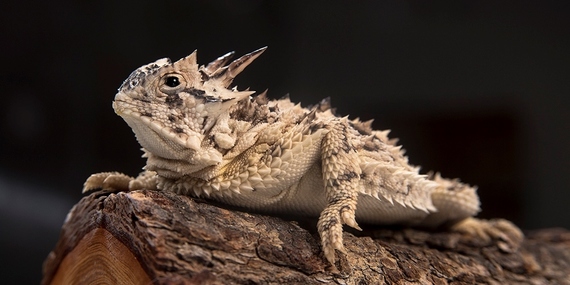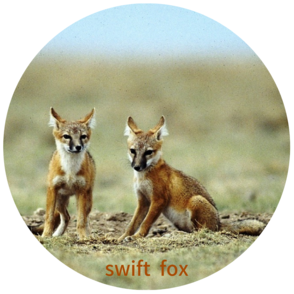
The beloved Texas horned lizard has many nicknames: horny toad, horned frog, horned toad. Many people have childhood memories of playing with the docile little reptiles, and being thrilled to see one shoot blood from its eyes. But today, those same people have noticed horned lizards have pretty much disappeared.
Habitat loss, use of pesticide, fire ants and decline of harvester ants (a favorite food) formed a perfect storm and put horny toads on the Texas Threatened Species List. But we're working to get our state reptile back on the map.
Reintroduction of a species is a complicated task. This year, we and our partners bred horned lizards and released the hatchlings at Mason Mountain WMA. We hope some will survive, establish nests and have offspring. Meanwhile, we'll continue to learn more about captive breeding and hatchling release, and keep fighting to bring back our horny toads.

The Recovering America’s Wildlife Act (RAWA) is a bipartisan bill that, if passed, will give Texas more than $63 million each year for conservation of at-risk wildlife species. Funding will come from existing monies received from energy and mineral production.
The goal is to help at-risk Texas wildlife, like swift foxes, horned lizards, scissor-tailed flycatchers and otters, before they become endangered or extinct species. What’s more, 10 percent of RAWA funding can go to help people get back to nature, learn about and help at-risk wildlife. Visit Texas Alliance for America’s Fish and Wildlife to find out more.
RAWA would be the best thing to happen to wildlife conservation in a generation, and it's our best chance of saving at-risk wildlife in Texas. But the bill may not pass unless people who care, people like you, #SpeakUp for wildlife and take action. Contact your U.S. Representatives to let them know you expect their support of RAWA.
|
|